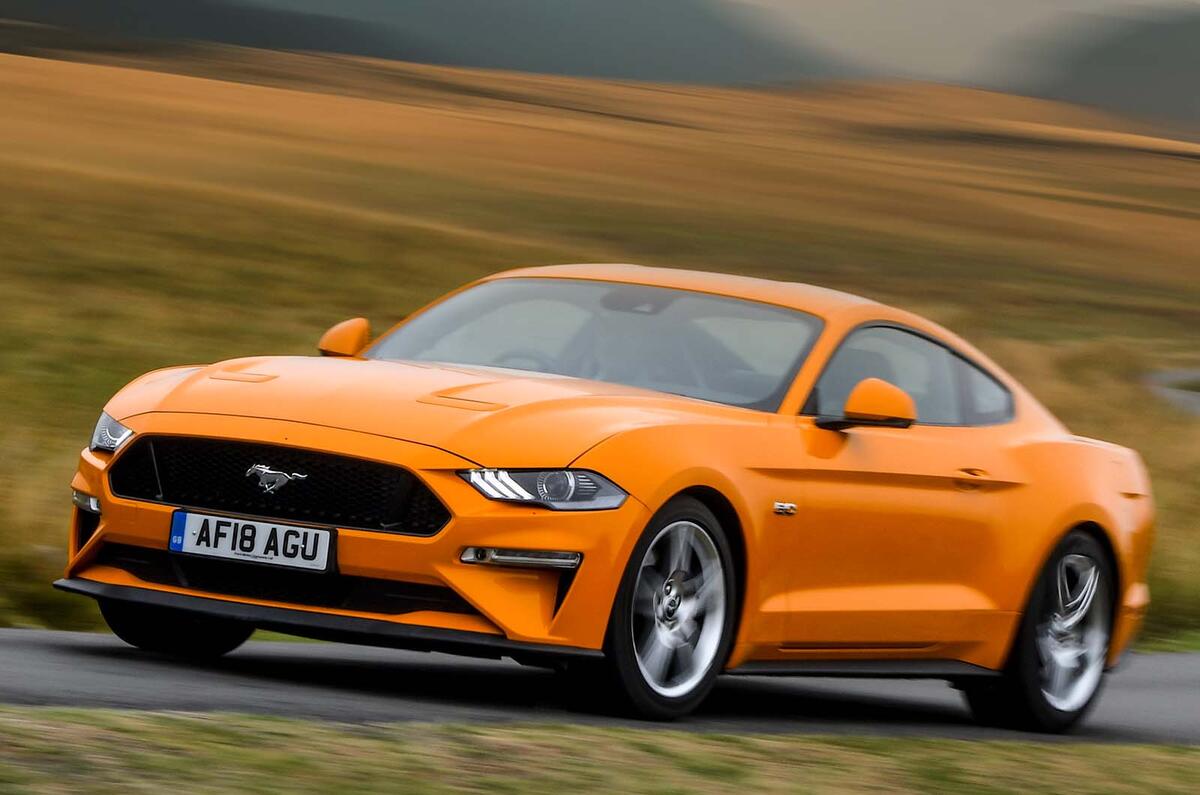Sometimes, certain things catch on not because they are insuperably better than anything else but because they just seem to make a little more sense. Hence the rise of the V8 engine – a baby bear’s porridge of an engine configuration if ever there were one.
For on paper, at least, there is nothing that readily explains why the V8 was so spectacularly popular that it effectively came to power an entire continent. There is no black magic here, no killer consequence to arranging two pairs of four conrods on a crankshaft, usually (but not always) at a 90-degree angle to each other.
The truth is somewhat simpler. Which is that when the V8 really started to catch on in America in the 1930s, it was because that was the cylinder count that provided what customers wanted in terms of power and smoothness without those things they did not, such as needless complexity, expense and inconvenient external dimensions. And it was on such a prosaic basis that what I would contend was the world’s favourite engine configuration was born.

Of course, we don’t think about V8s that way at all. When we think about V8s, we think about one thing above all others: that noise. We all know it when we hear it. There are actually some quite august treatises published in erudite engineering journals that seek to explain exactly what it is about that burble that we find so appealing. They talk about pulses, tones and phases, irregular firing intervals and so on. There doesn’t seem to be much they can agree on, though.
The only common thread apparently linking them all is that, ultimately, no one really seems to know. Or maybe I just don’t know how to read and interpret such lofty literature, and maybe I don’t need to: I have absolutely no idea why the sausages I buy from my local butcher taste better than sausages I buy anywhere else. I just know they do, and that, surely, is enough.
It certainly was earlier today as I was threading my way across rural Wales in the Ford Mustang, its 444bhp 5.0-litre V8 thrumbling away happily to itself. There is very little I don’t love about this car, but what strikes you most is how the entire car is configured as a support system to that engine.



































Join the debate
Add your comment
No mention of Dodge (FCA)?
Writing from the USA, Dodge is certainly carrying the V8 torch, both naturally aspirated, and forced induction. I don't know if any product is being sold in the UK, but the Challenger/Charger models, along with the Chrysler-branded "300" sedan are offered here with a variety of V8's ranging from the 5.7L up to 6.4L, and including HP ranges up to 700!
I know some of the LX-platform products were sold in Europe.
BTW, in the USA, Ford has decided they will no longer sell any sedans or "car"-type hatchbacks, with only the Mustang carrying on. Only Ford-branded SUVs and trucks for us apparently...
Not very British
The V8 was a very nice thing and that's kinda at odds with life for the ordinary person in the UK either now or previously, "we" were lucky to have got an old Buick V8 from an american firm that no longer wanted it or found that aluminium was too esoteric a material for the times...it was never gonna be "built specifically for brits" if you get my drift.
V8s have always been a bit of
V8s have always been a bit of a novelty, thanks to high fuel prices. The US had the advantage of cheap fuel, something that could only do 10mpg was no big deal.
Even V6s are becoming a rare treat unfortunately, large cars like Octavias and Mondeos have 1 litre engines as options.